Making the global food system more sustainable and equitable represents a huge and complex undertaking that necessarily involves difficult trade-offs. The tension between responding to short-term increases in fertilizer prices and implementing long-term strategies for combating climate change is a case in point.
NEW DELHI – The global food system is broken. Largely dominated by multinational corporations, it enables and encourages unsustainable and unhealthy production and consumption patterns and generates enormous waste across all stages of production and distribution.
The global food system also produces massive greenhouse-gas emissions, thereby inflicting substantial ecological damage, and deprives small-scale farmers in many countries of secure and viable livelihoods. Perhaps worst of all, food access remains profoundly unequal, causing extreme hunger to increase rather than decline.
Addressing this multifaceted dysfunction represents a huge and complex undertaking. Any potential solution will likely involve difficult trade-offs, given the apparent tension between responding to short-term price increases and implementing long-term strategies for more sustainable production and equitable distribution.
The global fertilizer shortage is a case in point. Prices soared in 2021, owing to the rising cost of natural gas, an essential input for nitrogen-based fertilizers, and continued to skyrocket in 2022 after the war in Ukraine triggered economic sanctions on Russia, a major fertilizer exporter. But it has become increasingly clear that companies exploited this crisis to raise prices by more than the increase in costs. A recent study by GRAIN and the Institute for Agriculture and Trade Policy finds that the profits of the world’s nine largest fertilizer companies increased from around $14 billion in 2020 to $28 billion in 2021 – and then soared to $49 billion in 2022.
It is important to note that the rise in fertilizer prices was not due to higher sales volumes. Rather, the price increases reflected “greedflation”: corporations leveraged supply shocks to increase their profit margins dramatically – from roughly 20% of sales in 2020 to 36% in 2022.
While fertilizer prices have declined somewhat since the start of the year, they remain exorbitantly high for most small farmers around the world. Farmers in predominantly low-income countries currently must pay nearly three times what they paid just a couple of years ago to fertilize their crops. As smallholder farmers sink deeper into debt, many are forced to reduce their fertilizer usage, which affects yields and threatens domestic food security. Persistently high fertilizer prices, the United Nations warned in late 2022, threaten to turn the current “crisis of affordability” into a “crisis of availability.”
To prevent further disruptions to food supply chains, the governments of India, Kenya, and the Philippines have increased farmer subsidies, whereas the European Union has adopted measures to encourage domestic fertilizer production. But the use of chemical fertilizers is itself associated with major ecological problems, posing risks to sustainable agriculture and the planet. In addition to accounting for 2.4% of all greenhouse-gas emissions, chemical fertilizers are responsible for soil degradation, ozone depletion, biodiversity loss, and air pollution.
Given these risks, governments must avoid knee-jerk responses that will likely undermine ecological sustainability in the long run. Instead, policymakers must subsidize alternative agroecological technologies based on practices like crop rotation, natural fertilizers, and pesticides, which could help reduce reliance on chemical fertilizers while maintaining high yields. This approach would not only reduce costs for farmers, but also mitigate the environmental damage caused by nitrogen fertilizers. Moreover, these alternative technologies already exist. Although viable, they are the Cinderellas of agricultural policy, waiting for their immense potential to be recognized.
To be sure, this transition should not be pursued too rapidly. When Sri Lanka abruptly banned imports of chemical fertilizers in 2021, the result was a dramatic reduction in domestic food production and acute food shortages. But a growing body of evidence suggests that carefully implemented agroecological approaches could significantly boost productivity and soil quality and could be scaled up as needed.
Unfortunately, most private investment and foreign aid, both from public and private donors, continues to bet on increased use of chemical fertilizers, rather than channeling more resources toward agroecological farming. For example, the Alliance for a Green Revolution in Africa (AGRA), founded in 2006 with the support of major foundations, advocates an industrial model of agriculture that involves extensive use of high-yielding seed varieties in conjunction with reliance on chemical fertilizers and pesticides.
Independent studies, as well as evaluations commissioned by AGRA itself, have found that the organization is far from meeting its goals of doubling yields and incomes for millions of smallholder African farmers. Meanwhile, farmers across the continent are increasingly vulnerable as they become more dependent on chemical fertilizers and other purchased inputs whose prices have soared.
To tackle the environmental challenges facing our world and mitigate the worst effects of climate change, we must reorient the global food system toward a more sustainable and equitable path. This requires transforming many areas of food production, particularly the highly oligopolistic markets for agricultural inputs and crops. By reducing our reliance on chemical fertilizers, we could turn the current food crisis into a genuine opportunity.
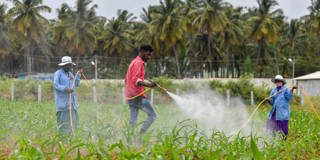

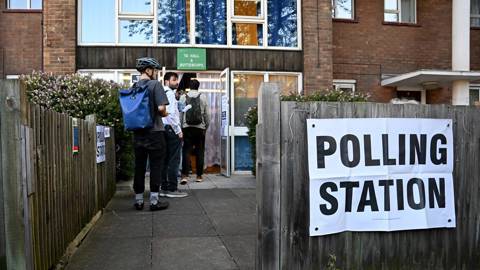


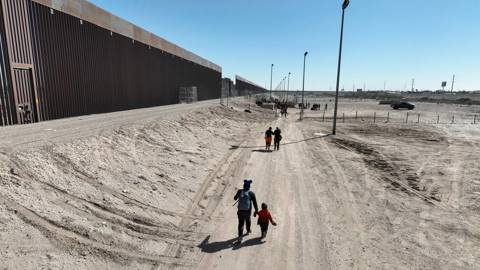


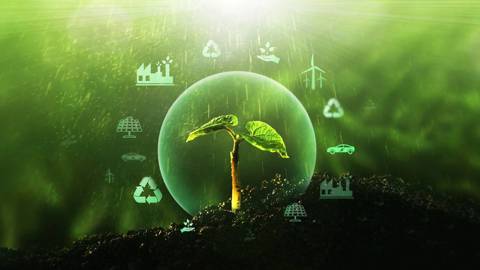
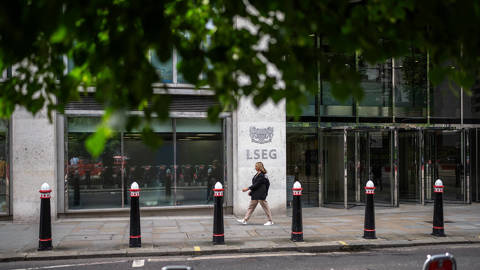

NEW DELHI – The global food system is broken. Largely dominated by multinational corporations, it enables and encourages unsustainable and unhealthy production and consumption patterns and generates enormous waste across all stages of production and distribution.
The global food system also produces massive greenhouse-gas emissions, thereby inflicting substantial ecological damage, and deprives small-scale farmers in many countries of secure and viable livelihoods. Perhaps worst of all, food access remains profoundly unequal, causing extreme hunger to increase rather than decline.
Addressing this multifaceted dysfunction represents a huge and complex undertaking. Any potential solution will likely involve difficult trade-offs, given the apparent tension between responding to short-term price increases and implementing long-term strategies for more sustainable production and equitable distribution.
The global fertilizer shortage is a case in point. Prices soared in 2021, owing to the rising cost of natural gas, an essential input for nitrogen-based fertilizers, and continued to skyrocket in 2022 after the war in Ukraine triggered economic sanctions on Russia, a major fertilizer exporter. But it has become increasingly clear that companies exploited this crisis to raise prices by more than the increase in costs. A recent study by GRAIN and the Institute for Agriculture and Trade Policy finds that the profits of the world’s nine largest fertilizer companies increased from around $14 billion in 2020 to $28 billion in 2021 – and then soared to $49 billion in 2022.
It is important to note that the rise in fertilizer prices was not due to higher sales volumes. Rather, the price increases reflected “greedflation”: corporations leveraged supply shocks to increase their profit margins dramatically – from roughly 20% of sales in 2020 to 36% in 2022.
While fertilizer prices have declined somewhat since the start of the year, they remain exorbitantly high for most small farmers around the world. Farmers in predominantly low-income countries currently must pay nearly three times what they paid just a couple of years ago to fertilize their crops. As smallholder farmers sink deeper into debt, many are forced to reduce their fertilizer usage, which affects yields and threatens domestic food security. Persistently high fertilizer prices, the United Nations warned in late 2022, threaten to turn the current “crisis of affordability” into a “crisis of availability.”
SUMMER SALE: Save 40% on all new Digital or Digital Plus subscriptions
Subscribe now to gain greater access to Project Syndicate – including every commentary and our entire On Point suite of subscriber-exclusive content – starting at just $49.99
Subscribe Now
To prevent further disruptions to food supply chains, the governments of India, Kenya, and the Philippines have increased farmer subsidies, whereas the European Union has adopted measures to encourage domestic fertilizer production. But the use of chemical fertilizers is itself associated with major ecological problems, posing risks to sustainable agriculture and the planet. In addition to accounting for 2.4% of all greenhouse-gas emissions, chemical fertilizers are responsible for soil degradation, ozone depletion, biodiversity loss, and air pollution.
Given these risks, governments must avoid knee-jerk responses that will likely undermine ecological sustainability in the long run. Instead, policymakers must subsidize alternative agroecological technologies based on practices like crop rotation, natural fertilizers, and pesticides, which could help reduce reliance on chemical fertilizers while maintaining high yields. This approach would not only reduce costs for farmers, but also mitigate the environmental damage caused by nitrogen fertilizers. Moreover, these alternative technologies already exist. Although viable, they are the Cinderellas of agricultural policy, waiting for their immense potential to be recognized.
To be sure, this transition should not be pursued too rapidly. When Sri Lanka abruptly banned imports of chemical fertilizers in 2021, the result was a dramatic reduction in domestic food production and acute food shortages. But a growing body of evidence suggests that carefully implemented agroecological approaches could significantly boost productivity and soil quality and could be scaled up as needed.
Unfortunately, most private investment and foreign aid, both from public and private donors, continues to bet on increased use of chemical fertilizers, rather than channeling more resources toward agroecological farming. For example, the Alliance for a Green Revolution in Africa (AGRA), founded in 2006 with the support of major foundations, advocates an industrial model of agriculture that involves extensive use of high-yielding seed varieties in conjunction with reliance on chemical fertilizers and pesticides.
Independent studies, as well as evaluations commissioned by AGRA itself, have found that the organization is far from meeting its goals of doubling yields and incomes for millions of smallholder African farmers. Meanwhile, farmers across the continent are increasingly vulnerable as they become more dependent on chemical fertilizers and other purchased inputs whose prices have soared.
To tackle the environmental challenges facing our world and mitigate the worst effects of climate change, we must reorient the global food system toward a more sustainable and equitable path. This requires transforming many areas of food production, particularly the highly oligopolistic markets for agricultural inputs and crops. By reducing our reliance on chemical fertilizers, we could turn the current food crisis into a genuine opportunity.